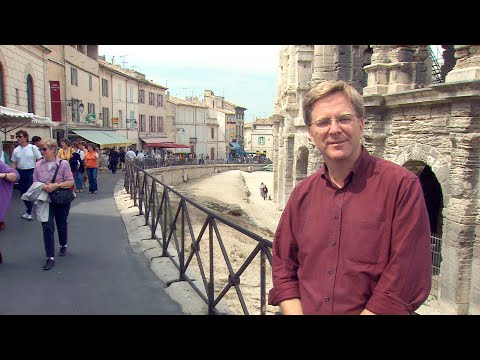
Nestled in the southeast corner of France, bordered by the Rhone River to the west and Italy to the east, Provence is a region steeped in myth, suffused with natural beauty, and vibrant with cultural heritage. It’s a place where the light dances across the landscape inspiring artists and writers alike, where the wind carries tales of ancient times, and where viticulture weaves through history like a green vine at harvest time.
#### The Light of Provance
Provence’s legendary light has long been celebrated by artists. The quality of sunlight pouring over this region has not only nurtured acres of olive groves, vineyards, and lavender fields but also inspired some of the world’s most famous art. Vincent van Gogh, for instance, produced over 300 paintings during his time in Provence. His works like “Starry Night Over the Rhône” capture the unique luminescence that is unlike anywhere else in the world.
Similarly, Paul Cézanne captured iconic images of Mont Sainte-Victoire bathed in Provençal sunlight reflecting his deep connection to his native land. This enchanting light continues to attract photographers and painters seeking to capture its elusive qualities.
#### The Wind: Le Mistral
Provence is also a land defined by its wind, known locally as ‘Le Mistral’. This powerful force stemming from pressure differences between colder air inland and warmer Mediterranean waters can sweep through the valleys at speeds up to 90 km/h. While it may pose challenges for residents (locals often tell tales of this wind driving people mad), it also confers benefits – notably in viticulture by helping to clear clouds and moisture that can bring vine diseases.
The Mistral influences daily life here; it has shaped architecture (houses traditionally face south away from its force) and agriculture (vines are trained low). Its presence resonates through Provençal culture with local folklore celebrating its cleansing virtues every Spring.
#### Vineyards and Wines
When speaking of Provence, one cannot overlook its vinous treasures – primarily known for crisp rosés which have become synonymous with chic summer drinking. But there’s more complexity in these wines than meets the eye. Regions like Bandol produce robust reds primarily from Mouvedre grapes; meanwhile whites from Cassis offer floral notes balanced with minerality due to proximity to sea breezes.
The wine regions here benefit enormously from climate diversity – hot sunny days followed by cool nights – creating an ideal environment for various grape varieties such as Grenache, Syrah, Cinsault, and Carignan among others. Each sub-region contributes uniquely nuanced flavors influenced both by terrain (terroir) including limestone soils or coastal breezes which help maintain acidity crucial for refreshing wine profiles.
Moreover, sustainable winegrowing practices are increasing across Provence fueled by both tradition – respecting land handed down through generations – as well as innovation driven by environmental concern about climate change effects on viticulture.
#### Cultural Influence
The confluence of light, wind and wine has also shaped Provençal culture into one that celebrates life’s pleasures with fervor – be it through their famous cuisine (think bouillabaisse or ratatouille), lively festivals celebrating everything from lavender harvests to local saints’ days or simply enjoying ‘joie de vivre’ at a village café watching life unfold slowly.
Art de Vivre is palpable here making Provence not just a geographical location but an experience enriched by senses awakened under dazzling skies powered by relentless winds sipping on wines whose stories are deeply rooted in every glass tasted.
In conclusion, when you visit Provance remember you’re not just touring another region; you’re engaging with centuries-long dialogues between earth’s elements—light illuminating landscapes immortalized on canvas; wind whispering ancestral secrets while shaping character both human cultivated; wine embodying essence terroir itself – all converging into singular symphony celebrating existence itself.
